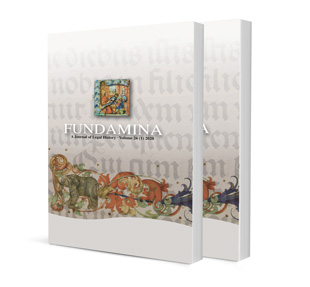
“Under the Whip” or Marital Violence, Cruelty and Drunkenness: Defining the Boundaries of Judicially Intolerable Marital Behaviour in the Cape Supreme Court, 1890–1900
Author Amanda Barratt
ISSN: 2411-7870
Affiliations: BA(Hons) (UCT) LLB LLM (Unisa) PhD (UCT). Associate Professor, Private Law, University of Cape Town
Source: Fundamina, Volume 29 Issue 2, p. 33-84
https://doi.org/10.47348/FUND/v29/i2a2
Abstract
This contribution explores marital violence in the Cape during the last decade of the nineteenth century. It is based on a comprehensive review of 587 matrimonial cases heard in the Cape Supreme Court over a ten-year period from January 1891 to December 1900. The study shows that marital violence had occurred in almost one quarter of the matrimonial suits finalised during that decade. The contribution explores the judicial response to violence within marriage. The optimal protection available to an abused wife was a judicial separation order. Such an order was available where continued cohabitation had become dangerous or “intolerable”. The research explores the kinds of marital behaviour deemed to be sufficiently intolerable to justify a separation order. While the Cape Supreme Court did not always provide abused wives with the protection of a separation order, the court nevertheless expressed firm disapproval of physical abuse. It viewed continual drunkenness as intolerable behaviour, and also regarded both emotional and economic abuse as reprehensible. The contribution also takes a look at the community’s response to interspousal violence and at the prevailing societal views of appropriate behaviour for husbands and wives. The study further investigates the development of the companionate marriage as a partnership of equals. It shows that, by the late nineteenth century, wives were demanding more control within the marital consortium and further that contemporary societal expectations determined that marriages should be romantic relationships based on mutual affection. Law plays an important part in both reflecting and shaping social attitudes. The court rulings helped to shape the law by establishing the legal boundaries of so-called acceptable marital behaviour. These cases reveal the law’s role in shaping acceptable behaviour for husbands and wives respectively, reflecting and reinforcing gendered marital roles.